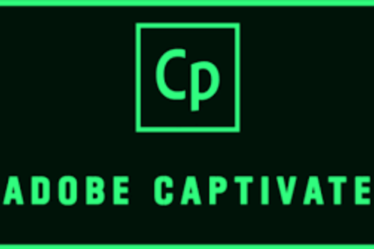
Are you starting to notice acronyms like LEP and LXP and left scratching your head? The world of Learning & Development is constantly evolving and for quite a while now we’ve seen these acronyms growing more popular. But what is behind them, and are they relevant to you and your learning programs?

A Learning Experience Platform is an online service (in the ‘cloud’) that supports the delivery of learning objects (courses, learning programs and certifications) personalized to each learner. One good way to quickly understand the aspects of a Learning Experience Platform is to compare the evolution of such solutions to Netflix and other streaming video services. In most early cases, LXP’s were built as ‘bolt-on’ solutions that added this Netflix style personalization to existing Learning Management Systems in order to enable robust reporting, while adding personalization and aggregation / cultivation tools to the learning programs and solutions used by an organization.
In general, an LXP (or the functionality attributed to LXP’s) will augment a conventional LMS to add the following functionality;
- Personalized content recommendations
- Based on your job
- Based on your known interests / skills
- Based on the behavior you have had within the system (what learning have you accessed, been assigned etc.)
- Based on the behavior of people like you (your peers, others with common skills and interests)
- Based on common behavior across industries (other people with similar skill requirements and interests)
- Easy aggregation of learning (often called ‘learning paths’)
- Create your own ‘playlists’ by clicking + buttons or similar to add desirable content
- Express your own ‘interests’ / skill paths to ‘teach’ the AI/ML engine what kinds of things you consider relevant
- Shared paths / playlists – some social mechanism to allow ‘experts’ to recommend content and content collections that are particularly useful for learning some larger content areas.
- Endorsement Mechanics
- Rating tools – like stars, upvotes etc.
- Commenting tools – methods to discuss or comment on learning content
- Aggregation of courses from many catalogs
- Common ‘course cards’ give a common front end search and access experience, even when serving up courses from diverse content providers
- Marketing / Promotion tools
- Banners or other mechanisms to promote important learning events and programs
- Mechanisms to inject courses & learning objects, targetted to specific groups (audiences) within the organization
All of these functions are now available within Adobe Captivate Prime LMS. The new immersive interface effectively adds the high performing engagement advantages of a modern LXP, to the robust compliance and data reporting capabilities and blended learning (support for both face-to-face instructor led training and virtual instructor led training.) By including the entire technology support stack in a single solution Adobe gives organizations the ability to promote a modern, comprehensive culture of learning with a single, enterprise ready technology that is well suited to meet their learning and development needs and to slip easily into their existing technology stack. Organizations can replace multiple legacy technologies with a single, modern, intelligent solution. If you want to learn more about this, check out my upcoming webinar on the LXP functionality inherent in Adobe Captivate Prime LMS.

